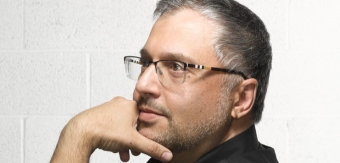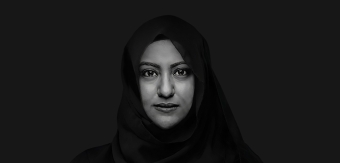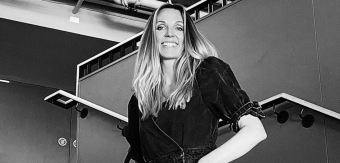Creativity isn’t just about standing out; it's about making a meaningful impact. As the Co-Founder and Chief Creative Officer of YAMA Group, Martin Stapff embodies this philosophy. With a career marked by resilience and a relentless drive to challenge conventions, Martin has been instrumental in crafting YAMA’s unique voice in the industry.
In this exclusive interview, Martin shares his journey, the ethos behind YAMA, and the nuances of leading a team that thrives on pushing boundaries to deliver more than just messages—but experiences that resonate deeply with those who need them the most.
Tell us a bit about your role! Is there a “typical” day?
As YAMA’s Chief Creative Officer (CCO), where creativity in pharma communications is our signature, my core role is to make sure we are different, relevant to client needs and true to our personality. Independent agencies like ours can't afford to be vanilla; we have to prove ourselves daily through the quality of our work.

It’s hard to define a typical day at YAMA but it might be walking through a diversity of projects, therapeutic areas, and challenges we face, along with the constant drive to push boundaries. On the same day, I might be working with the team on the ideation of a massive event, figuring out how to deliver the best experience with our patient simulation in a VR headset, and ensuring that we hit the mark with a campaign theme.
What was the biggest challenge in getting to your current position?
As a co-founder of the company, I believe I faced three key challenges in settling into my role. First, jumping to the other side of the counter and letting go of the incredible learning, but also the structured support of the corporate world. Second, leveraging what I learned to build a company grounded in that experience. Third, owning my new role by ensuring that I am a valuable resource for the team beyond being a founder.
What is your personal background and what role did it play in your career?
I believe my personal background is one of continuous resilience and perseverance. I was born in a small country with a population of 3 million people, in the southernmost capital city in the world. An accident when I was two years old left my head full of scars for most of my childhood, and it wasn’t easy. I always wanted more, and that desire continues to drive me.

I left behind my comfort zone in Uruguay and moved to Argentina, then to the USA, with good stories of success that felt like a conquest. Traveling and living around the world began as an aspiration and turned into reality, then into learning. I eventually reconciled with my origins, I embraced them, and understood that this journey, these challenges, gave me the entrepreneurial spirit that, together with Yann Deredec, my co-founder, made YAMA a reality.
What is your biggest career-related win? What is your biggest loss?
My greatest achievement has been creating a workplace that truly reflects my beliefs and values, and maintaining and even deepening those values during rapid growth. It’s been incredibly rewarding to see these principles mirrored in each person working at YAMA. These personal traits, shared with Yann, have become a work philosophy that now transcends us.
My biggest losses are missing out on some opportunities —new business ventures—that we could pursue, but not having the time to bring them to life.
Which individuals and/or agencies do you gain inspiration from? Do you have any heroes in the industry?
I believe more in anti-heroes than in heroes. Honestly, I work every day to avoid resembling anyone else. I observe, learn from, and respect the work of others, but then I think, "We can do it better”. Agencies like YAMA exist because they are different. We must embrace those differences because they define our niche in the market.
What advice would you give to your younger self?
I would tell my younger self to embrace every step of the journey, no matter how hard it was, and be proud to have gone through it, as it all has a purpose.
If you weren’t in your current industry, what would you be doing?
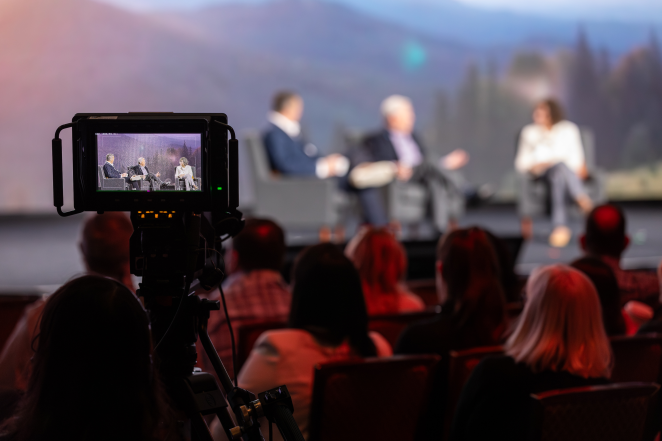
I love telling stories, so I wouldn’t go far from where I am now. Perhaps I’d work in the movie industry. But honestly, what could be better than telling stories that have the potential to improve the life of someone in pain?
What’s your one big dream for the future of the industry?
My dream is for everyone working in the industry and the agency to find the space to understand the unique opportunity we have to communicate and educate—even just to be heard by someone dealing with a devastating disease—and to treat that opportunity with respect. Isn’t it amazing to have the chance to be creative, not just to increase pointless consumption, and bring relief to someone suffering?
What are your top tips for aspiring creative professionals?
- Find your creative strength: Discover where you can truly excel.
- Get involved: Don’t be afraid of the client—create open conversations, deeply understand their needs.
- Nurture ideas: Everyone you work with thinks they can be creative—nurture others’ ideas, listen to all, use some, discard others. Trust your judgment and create your own path.
- Recommend with expertise: If creativity is your thing, be an expert in it. You might not have the solution right away, but you can suggest, listen back, and recommend.
- Be relevant: Creativity isn’t just about being cool—make sure everything you create serves a purpose, and that purpose conveys the message you want to communicate.
What are your top tips for other creative leaders?
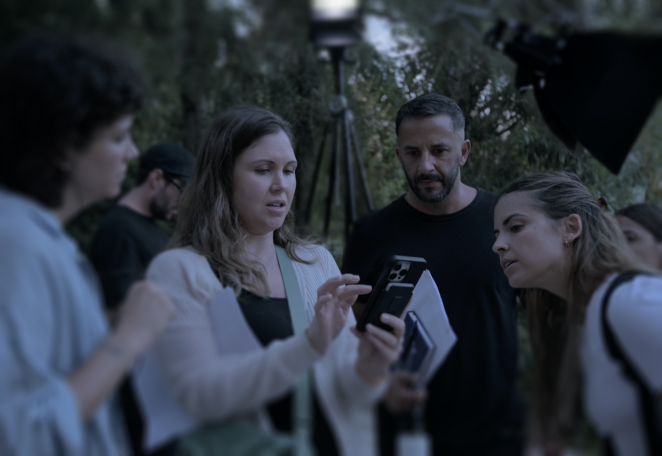
I can’t provide tips to other leaders, but what has worked for me is creating the best place to work, having fun, being loud, being together. And if you’re working remotely, find ways to connect, chat about life, interact, be human. Creativity can’t thrive in the solitude of a home office.
When you think about your team, what is the thing that matters to you the most?
Our industry is about caring. I only can work with people who really care about what they do, and who want to feel proud of their work. Without this ingredient, there is no chance of learning, and without learning there is no chance to grow.
How do you approach collaboration with other creatives or teams and what do you believe makes for successful partnerships?
Understanding the differences in your team is crucial. There’s no one-size-fits-all approach. Some need to know you’re there, others need space. But the common thread is making them strong enough to believe in their work and giving them ownership—that’s the best motivation.
What industry trends do you foresee taking hold in the coming months?

The trends that YAMA is creating—those that redefine how audiences, healthcare professionals, patients, caregivers, and even our clients’ internal teams relate to scientific information.
What do you think sets apart truly exceptional creatives from the rest of the pack?
In our industry, it’s not about brand recall; it’s about delivering complex information, through various channels, at devastating moments to those in need, helping them make informed decisions. The ones who can combine unique, attention-grabbing creativity with scientific knowledge and respect for patients, are on the right path.
How do you think technology has influenced the creative industries and how have you adapted to these changes?
In the pharma space, technology can have both positive and negative impacts. The negative is when it distracts—it makes me sad when the latest trend is replicated in every booth at a congress, and although it looks beautiful, the message doesn’t come through. That’s disrespectful. The positive is when technology serves the message and makes it get under your skin.
How do you prioritize self-care and maintain a healthy work-life balance?
I love my job, so finding balance can be tough. But I also love calisthenics, ha. I train every day after dropping off my kids at school, and at noon, a calisthenics coach comes to the office. We built our own park, play loud music, and train together.

When it comes to family and friends I won’t lie—being an entrepreneur involves sacrifices too, but I sit down to dinner with my kids every day, spend time with them on weekends, and take family trips whenever I can. I also make time for friends and some EDM music. Now that I think about it, I probably don’t sleep much!
How do you handle creative blocks or burnout?
In front of a creative block, I wait for everyone to leave the office, play some lo-fi music, grab a coffee, and start working. But honestly, calisthenics usually prevents burnout for me.
Can you describe a moment when you had to think outside the box to overcome a creative challenge?
Thinking outside the box is the very reason YAMA exists. In fact, it’s a great definition of creativity itself. So, I can’t pinpoint a specific example.
Do you have any websites, books or resources you would recommend?
I don’t have a go-to resource for inspiration. I try to stay consciously aware of everything I do and everything I see. From observing how my kids interact with the world, to listening to the team to visiting contemporary museums when I travel or attending concerts or parties.

I’m always amazed by how creative and capable we humans are, and whenever I encounter something that sparks that feeling, I make sure to capture it. And when I need inspiration, I go back to those moments of amazement. So I would say that my go-to source is often my phone’s photo library, or the chat with myself, ha, in WhatsApp.



